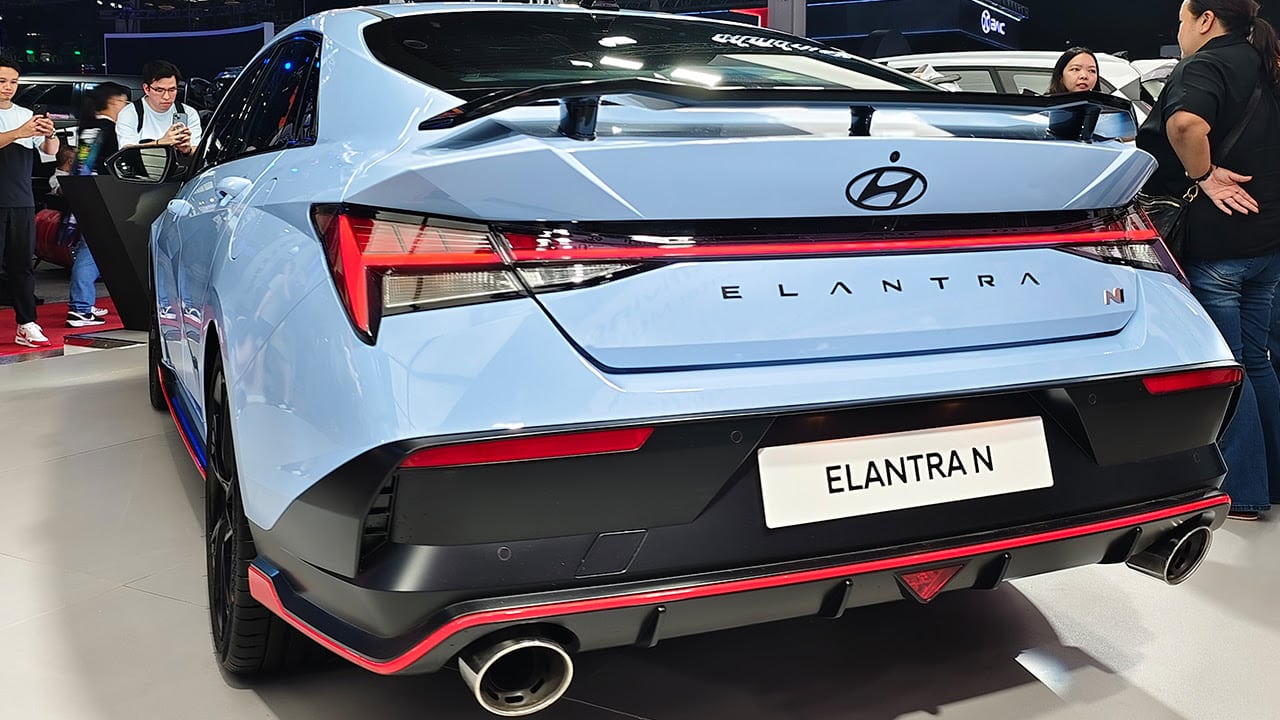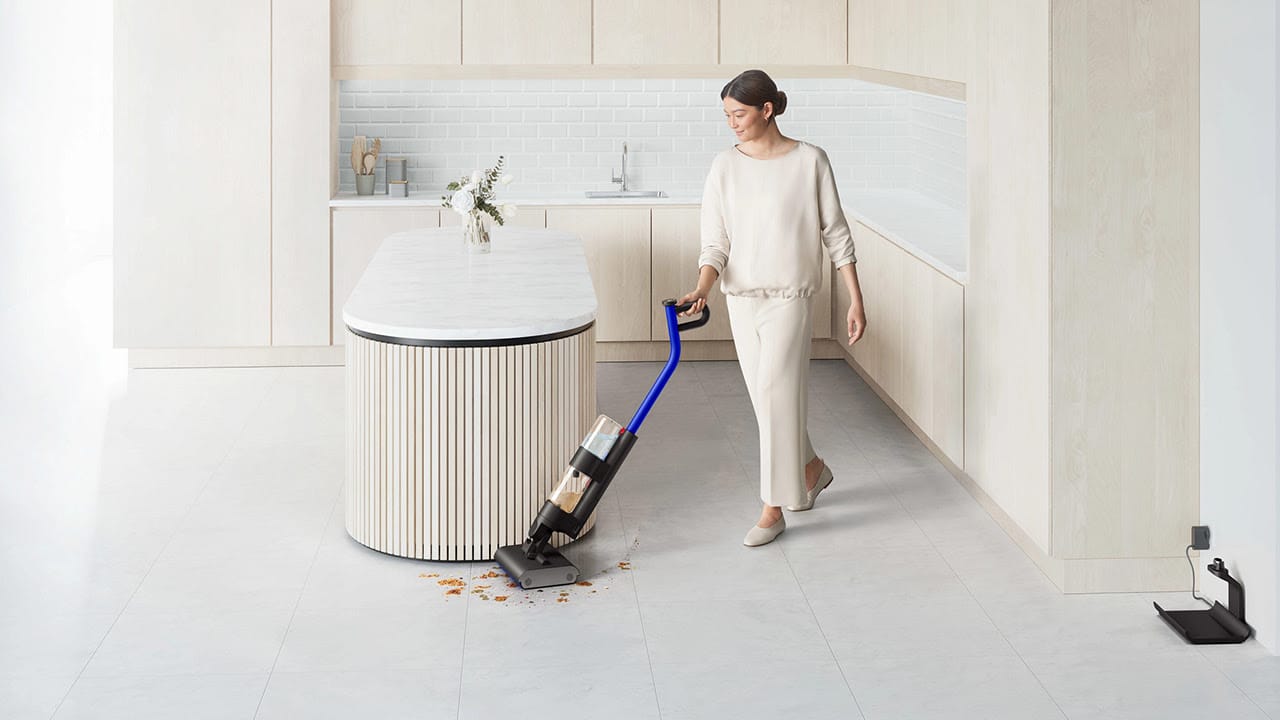Google is here to make entry-level phone cameras a bit better with the new Camera Go app made specifically for Android Go devices.
Android Go is Google’s own operating system designed specifically for entry-level phones. This OS is optimized to run at lower level specifications without sacrificing user experience and comes with apps that are smaller in size and receive lighter updates.
Since its launch, Google has provided a handful of Go apps developed to specifically run in the Android Go environment. The number of Android Go devices is steadily increasing with Google reporting about 100 million monthly live devices.
Some devices that run Android Go include Huawei Y5 Lite, ZTE Blade L8, Nokia 1 Plus, Samsung J2 Core, and more.
Due to high demand, Google has released a new Camera Go app with the goal to improve entry-level cameras. With it, entry-level phones will be able to utilize Google’s top camera technology for a richer, upgraded camera experience.
Tha Camera Go app will be able to let users access Portrait Mode that’s normally available to mid and high-end smartphones. Google says that the Camera Go app doesn’t just add filters or features, it integrates closely to the phone’s actual camera system to produce clearer and more beautiful portrait photos.
The clean and simple interface is reminiscent of Google’s own camera app with easily accessible buttons and functions. The app will be able to track how many photos and video storage you have and will give you the option to clean up when you’re nearing capacity.
Camera Go will first launch with the Nokia 1.3 and will soon follow to other Android Go devices real soon.












